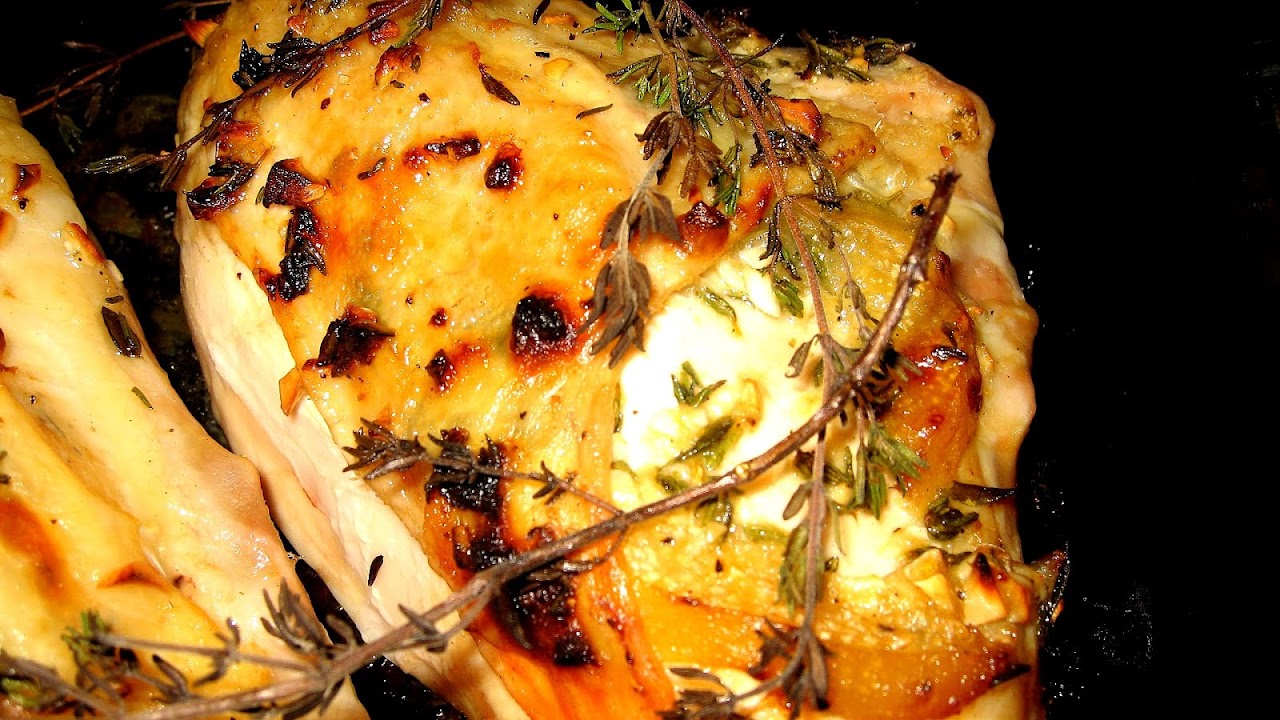
In food processing, brining is treating of food with brine, a mixture of water and salt used to preserve or season the food. Brining can be applied to vegetables, cheeses and fruit in a process known as pickling. Meat and fish are steeped in brine for shorter periods of time, as a form of marination, enhancing its tenderness and flavor, or to enhance shelf period. Depending on desired effects, clear brine may be flavored with spices, caramel, vinegar.

Maps, Directions, and Place Reviews
Vegetables
Pickled vegetables are immersed in brine, vinegar or vinaigrette for extended periods of time, where they undergo anaerobic fermentation which affects their texture and flavor. Pickling can preserve perishable foods for months. Antimicrobial herbs and spices, such as mustard seed, garlic, cinnamon or cloves, are often added. Unlike the canning process, pickling (which includes fermentation) does not require that the food be completely sterile before it is sealed. The acidity or salinity of the solution, the temperature of fermentation, and the exclusion of oxygen determine which microorganisms dominate, and determine the flavor of the end product.
Best Chicken Brine Recipe Video
Meat
Brining is a process similar to marination in which meat is soaked in brine before cooking. Salt is added to cold water in a container, where the meat is soaked anywhere from 30 minutes to a few days. The amount of time needed to brine depends on the size of the meat. More time is needed for a large turkey compared to a broiler fryer chicken. Similarly, a large roast must be brined longer than a thin cut of meat.
Food scientists have two theories about the brining effect, but which one is correct is constantly debated.
- The brine surrounding the cells has a higher concentration of salt than the fluid within the cells, but the cell fluid has a higher concentration of other solutes. This leads salt ions to diffuse into the cell, whilst the solutes in the cells cannot diffuse through the cell membranes into the brine. The increased salinity of the cell fluid causes the cell to absorb water from the brine via osmosis.
- The salt introduced into the cell denatures its proteins. The proteins coagulate, forming a matrix that traps water molecules and holds them during cooking. This prevents the meat from dehydrating.

Fish
As opposed to dry salting, fish brining or wet-salting is performed by immersion of fish into brine, or just sprinkling it with salt without draining the moisture. To ensure long-term preservation, the solution has to contain at least 20% of salt, a process called "heavy salting" in fisheries; heavy-salted fish must be desalted in cold water or milk before consumption. If less salt is used, the fish is suited for immediate consumption, but additional refrigeration is necessary for longer preservation.
Wet-salting is used for preparation of:
- Salted herring, non-gutted, with hard or soft roe and heavily salted (20% NaCl brine, with final product containing around 12% salt),
- Soused herring which is gutted and lightly salted (2-3% NaCl), without roe,
- Anchovies, which can be immersed in brine or wet-salted. After several years, the fish liquifies and can be processed into paste or anchovy butter,
- Caviar and other types of roe.

Cheese
Brine is also commonly used to age brined cheeses, such as halloumi and feta; others are are periodically washed in brine during their ripening. Not only does the brine carry flavors into the cheese (it might be seasoned with spices or wine), but the salty environment may nurture the growth of the Brevibacterium linens bacteria, which can impart a very pronounced odor (e.g. in Limburger) and interesting flavor. The same bacteria can also have some effect on cheeses that are simply ripened in humid conditions, like Camembert. Large populations of these "smear bacteria" show up as a sticky orange-red layer on some brine-washed cheeses.
Source of the article : Wikipedia


EmoticonEmoticon